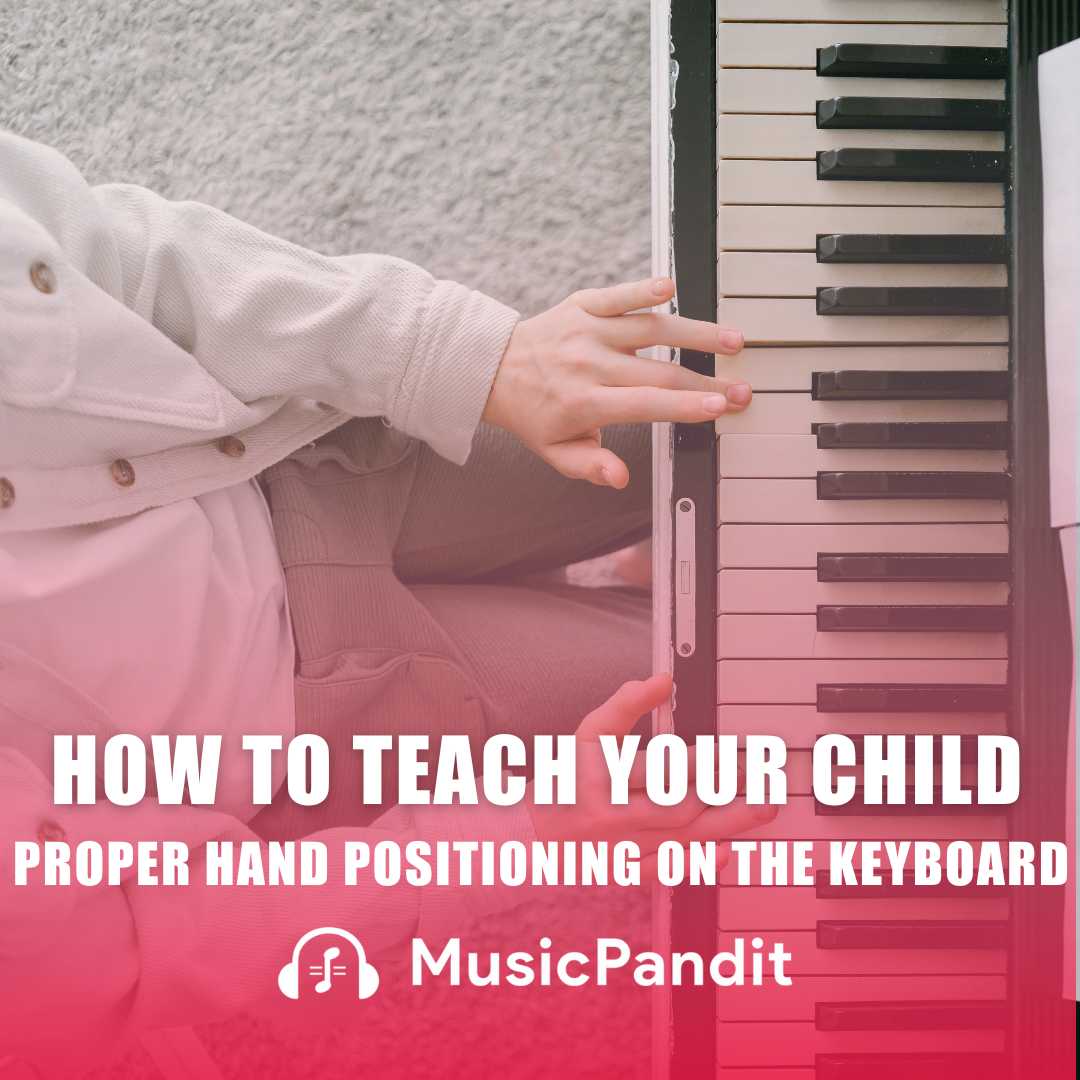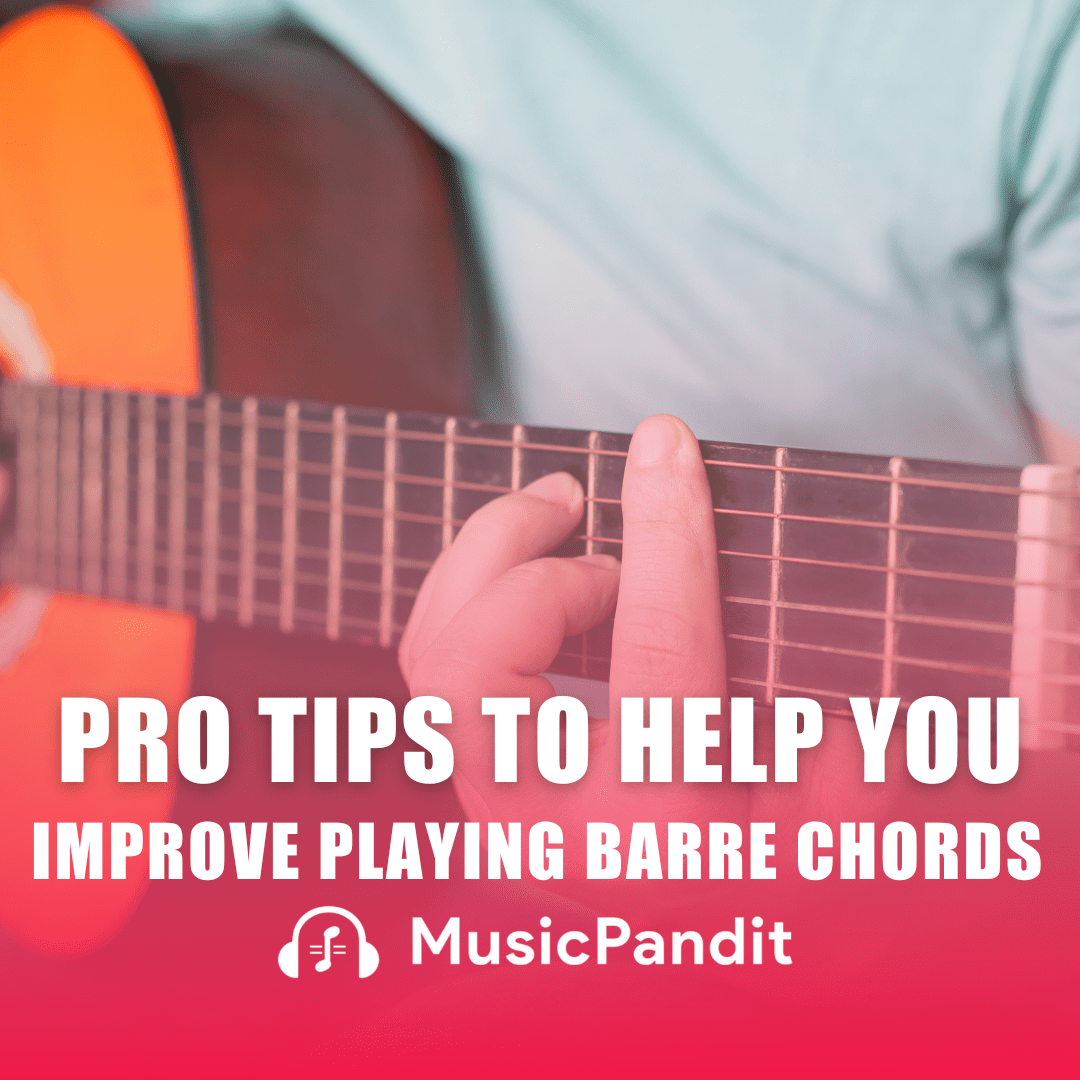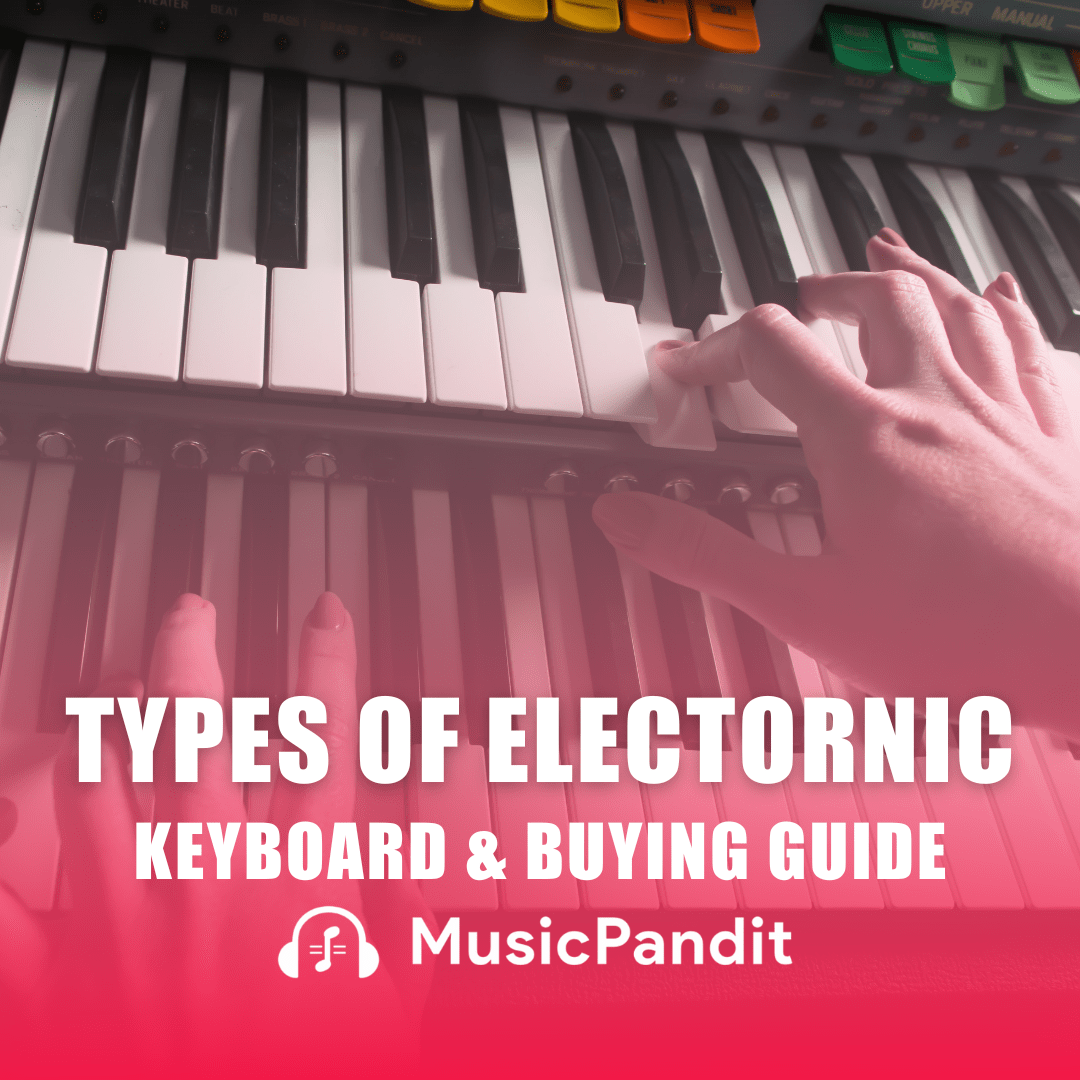Mastering the guitar fretboard is an essential milestone for any serious guitarist. Whether you are a beginner or an experienced learner, information on the fretboard complements your capability to play a wider range of track, improvise solos, and compose your own songs. This blog will guide you through 5 essential tips to master the guitar fretboard comprehensively, turning what may appear like a frightening challenge into an achievable goal.
Many guitarists struggle with the fretboard due to its complexity, however with a structured approach, all people can triumph over it. By breaking down the learning methods into workable steps, you may systematically construct your information and capabilities. This manual will cover the whole thing from basic word identity to superior chord and scale constructions, ensuring that you have a strong basis to hold your musical journey.
How Learning Will Help?
Learning the guitar fretboard is akin to getting to know the alphabet earlier than you may read. Its foundation is the inspiration of your musical experience and allows you to communicate efficiently through your instrument. When you already know the fretboard nicely, you may find notes quickly, play greater complicated pieces, and transition between chords easily. This additionally opens up the complete guitar neck for exploration, moving past the constrained ‘open chord area’ to utilise the overall range of your instrument.
Moreover, getting to know the fretboard enhances your improvisational abilities. You’ll be capable of creating solos which can be more melodic and harmonically wealthy due to the fact you apprehend where all of the notes are and the way they relate to each other. This stage of proficiency additionally aids in composing unique songs, as you’ll have the gear to test with distinctive chord voicings and scale styles, leading to a greater precise and personal sound.
Tip 1 for Fretboard Mastery: Acquire Note Names Proficiency
The first step to research the guitar fretboard is acquiring talent within the note names. The fretboard is divided into 12 unique notes, which repeat across the strings and frets. These notes are E, F, F#, G, G#, A, A#, B, C, C#, D, and D# (or E flat). Knowing where these notes are placed on each string is vital as they act as the muse for chords and scales.
Start by memorising the notes on the open strings and then learn how they develop up the neck. For instance, the open A string progresses as A, A#, B, C, and so forth. Practice finding those notes without searching on the fretboard till it will become second nature. This exercise now not only facilitates note identification but also improves your average fingerboard navigation.
Tip 2 for Fretboard Mastery: Grasping Octaves
Grasping octave shapes is the next vital step in learning the fretboard. Octaves are intervals between one musical pitch and another with half or double its frequency. On the guitar, they’re observed in specific patterns across the fretboard. Learning these shapes can help you find the same note in different positions, that’s particularly beneficial for brief note reputation and for playing scales and chords extra fluidly.
There are 3 principal octave shapes to focus on, each corresponding to exclusive string sets (E-A, D-G, and B-E). Practising these shapes will permit you to quickly find any note on the fretboard by clearly recognizing its octave pattern. This not only shortcuts the memorization method however also lays a robust foundation for more superior fretboard understanding.
Tip 3 for Fretboard Mastery: Major and Minor Barre Chords Unveiled
Major and minor barre chords are important tools for any guitarist aiming to study the fretboard. These chords can help you play any major or minor chord anywhere on the neck through barring multiple strings with one finger. This approach opens up the complete fretboard, transferring past open chords and permitting more versatility to your playing.
To get started, focus on the E and A string barre chord shapes. These shapes are moveable, which means you may slide them up and down the neck to shape different chords. For example, an E major shape moved up one fret becomes an F major chord. Practise these shapes till you may form them quickly and accurately, that allows you to significantly increase your chord vocabulary and fretboard understanding.
Tip 4 for Fretboard Mastery: Dive into Scales, Commencing from Every Root Note
Learning scales from each root note is a crucial step in learning the guitar fretboard. Scales are the building blocks of melodies and solos, and understanding a way to play them across the complete fretboard permits extra musical expression. Start with the major and minor scales, and analyse their five essential positions, which cover the complete neck.
By knowing how each scale function connects with the following, you may seamlessly transition between them during a performance. This interconnected information enables in visualising the fretboard as a whole in preference to a chain of disjointed shapes. Additionally, training scales from every root word complements your finger dexterity and builds muscle memory, making your playing extra fluid and dynamic.
Tip 5 for Fretboard Mastery: Delve into Major 7, Minor 7, Dominant 7, and More
Delving into greater complicated chords like major 7, minor 7, and dominant 7 chords is vital for advanced fretboard mastery. These chords add richness and range for your playing, allowing extra sophisticated harmonic progressions. Understanding how those chords are constructed and where they fit at the fretboard will enhance your musical repertoire.
Start by learning the shapes of those chords and their versions. Practise forming them in different positions and integrating them into your playing. This practice will help you understand how different chord types fit within the scales and styles you have already discovered. Over time, this will enable you to create extra elaborate and intricate chord progressions and solos.
Integration: Synthesizing Fretboard Mastery Tips
Integrating these tips is key to fully mastering the guitar fretboard. Each tip builds upon the preceding one, creating a complete framework for knowledge of the fretboard. By combining be aware identity, octave shapes, barre chords, scale positions, and advanced chords, you’ll develop a holistic view of the guitar neck.
Regular practice is critical to integrate those concepts efficiently. Spend time each day running on distinctive elements of these suggestions, step by step growing your skillability. Over time, you will discover that the fretboard turns into much less of a thriller and greater of a familiar panorama in which you can navigate effortlessly, improving your common musicianship.
Putting all of it collectively, getting to know the guitar fretboard is a journey that requires persistence, practice, and a systematic method. By following the recommendations outlined on this blog, you will advantage the abilities needed to navigate the fretboard with self belief. Remember that every step is a constructing block, and consistency is fundamental to creating development.
Ultimately, the aim is to bridge the space between your thoughts and the fretboard, taking into consideration seamless expression of your musical thoughts. Whether you are improvising a solo, composing a new piece, or honestly playing your preferred songs, a thorough expertise of the fretboard will elevate your gambling to new heights. Embrace the process, stay committed, and enjoy the journey of getting to know the guitar fretboard.














